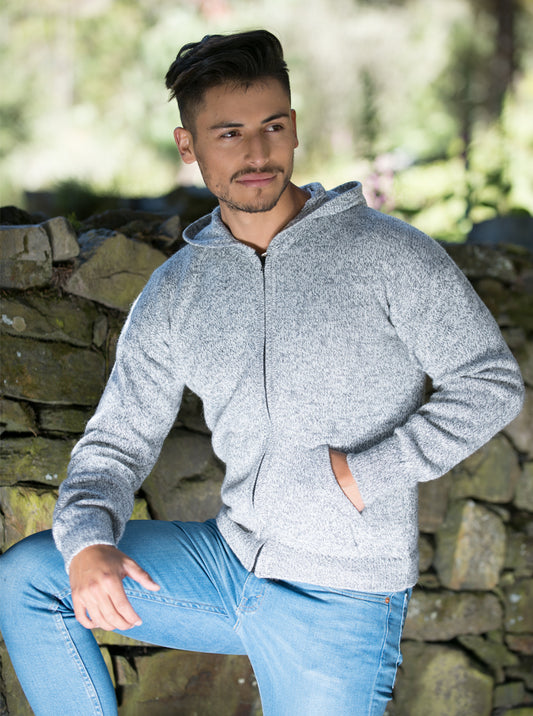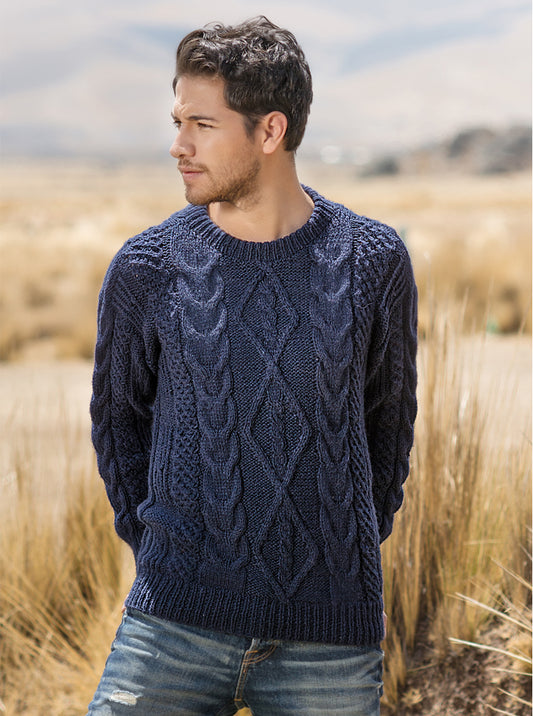|
In the highland areas and the mountains in Peru and Bolivia, families and communities dye the alpaca fiber the traditional way, using natural dyes extracted from plants, flowers and minerals.
These natural dyeing techniques are hundreds and thousands of years old and many of the communities and families keep them as a legacy from their ancestors. In many cases, this is also a form of subsistence, along with breeding and shearing the alpaca, working with the fiber, spinning and making garments.
These families and communities, dye the fibers using plants, stems, leaves, roots and other raw materials they have on hand. When selecting the plant or other vegetation used for dyeing, the plant is rubbed against a sheet of paper or other white material to see if it stains or not.
The dyeing process is as follows:
First, the alpaca wool is soaked in water and cleaned with a mild soap to remove any stains, dirt or grime and the material used for dyeing is crushed.
Then, the crushed material is boiled in a large pot to extract the dye during 45 minutes to 1 hour. Once the dye is ready, the mordant is added and it is boiled for approximately 15 minutes.
Once the water is boiling with the plant and the mordant, the alpaca fiber is paced into the pot with the dye and boiled together. The amounts placed in the pot are as follows: 1 kilogram of alpaca fiber and 1 or 2 kilos of material for the dye.
Besides the wool and the plant or mineral, the mordent will be used to extract more dye from the plant and to help set the color on the wool.
As for the boiling time, this depends on the tone of dyeing. If the tone needs to be darker, it should be boiled longer. Also, it depends on the mordant used to set the color. It can vary from 25 to 40 minutes depending on the color that the future alpaca garment will have.
Once the alpaca fiber has the desired color, the dyed fiber is placed in a cool, dry, shaded space to cool and dry. Then the fibers are drained. To make the water flow more quickly, the fibers can be twisted. Obviously, the drying time depends on the amount of fiber that was dyed.
Natural dyeing allows alpaca garments to keep their color when washing with laundry detergent or soap. Furthermore, this type of coloring is not toxic to humans.
The plants and minerals most commonly used for dyeing in Bolivia are:
Curunde, Beet, Onion, Molle, Cochineal, Clay, Carrot, Curudeja (Red Stone), flowers, grape leaves, roots, eucalyptus leaf, beans, etc.
Mordants:
Minerals, lemon, vinegar among others.
Data taken from an interview with Laura Salazar, a teacher from the Martha Cajías Vertical Loom Workshop.
Text consulted: Manual Dyeing. Natural fiber dyeing technique. Compiled by Alfredo Ati. Chimborazo 2009
|
 Sold out
Sold out
 Sold out
Sold out
 Sold out
Sold out
 Sold out
Sold out
 Sold out
Sold out Sold out
Sold out
 Sold out
Sold out




